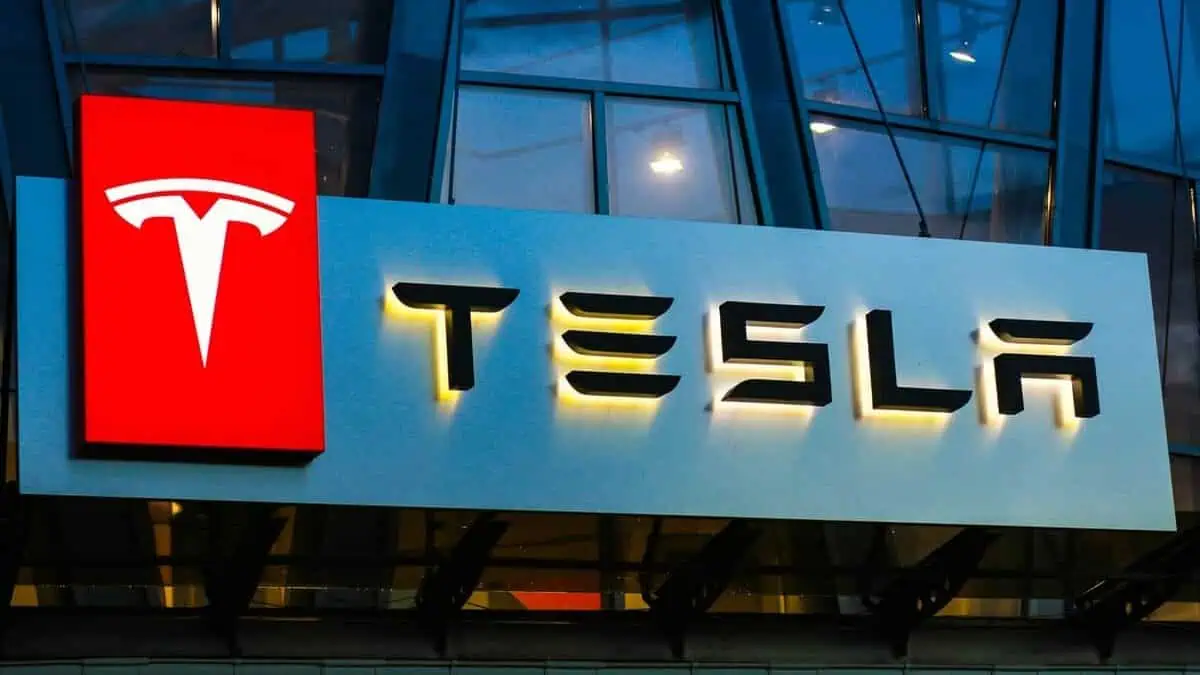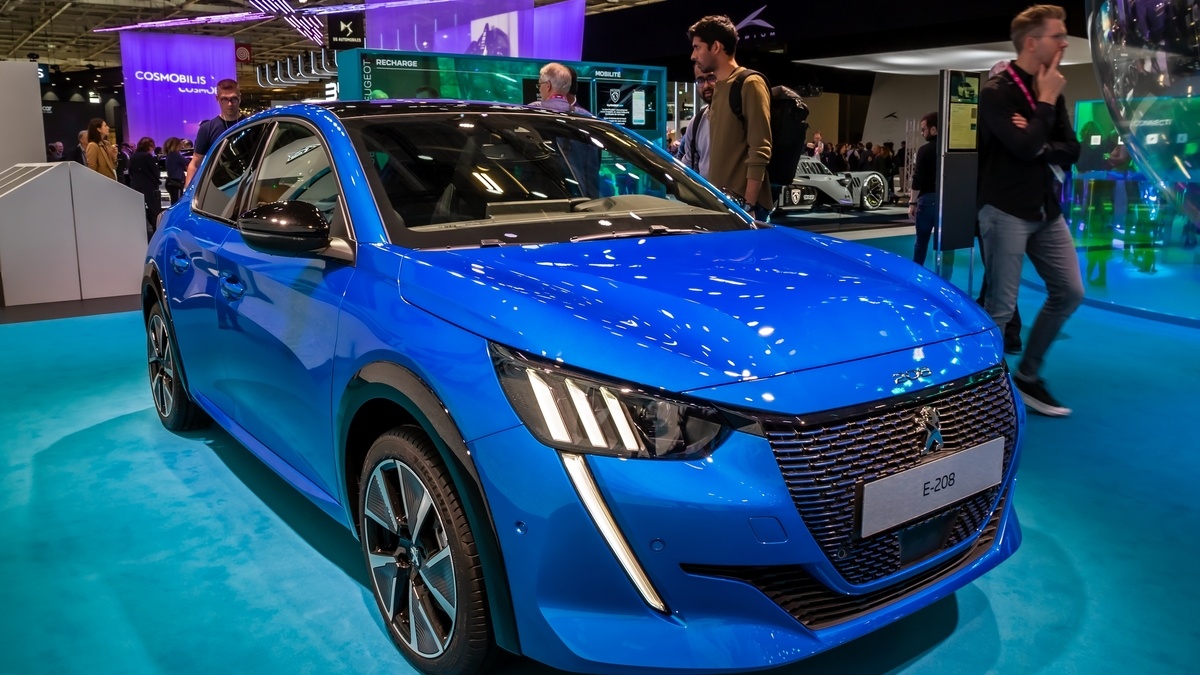Tesla had a global battery deployment of 13.9 GWh in September 2022, amounting to an average of 73 kWh per car compared to vehicle sales, as per InsideEVs.
Tesla EV sales
For reference, Tesla sold a record-breaking 190,255 electric vehicles worldwide in September this year, as reported by Adamas Intelligence. Meanwhile, it sold 1.848 million EVs from January 2021 to September 2022.
Battery deployment
The battery capacity of some Tesla models can reach about 100 kWh. However, the preponderance, including the Model 3 and Model Y, is probably between about 60 kWh and over 80 kWh.
Furthermore, Tesla reportedly deployed 132.9 GWh of batteries from January 2021 to September 2022, with an average of 71.9 kWh per car.
Tesla vs. BYD
It is worth noting that BYD primarily employs LFP (and some NCM), while Tesla utilizes a significant amount of nickel-rich NCA and NCM battery chemistries in addition to LFP.
Therefore, Tesla utilizes about twice the amount of lithium, 17 times the amount of nickel, and 4 times the amount of cobalt compared to its Chinese rival, as per Adamas Intelligence.
For reference, BYD deployed approximately 6.7 GWh (34.8 kWh per car) in September. Meanwhile, the Chinese EV giant deployed about 65.6 GWh (37.1 kWh per car) from January 2021 to September 2022.
September 2022 results:
- Tesla: 190,255 BEVs
- batteries: 13.9 GWh
- average: 73 kWh per car
- BYD: 192,648 BEV/PHEV
- batteries: 6.7 GWh
- average: 34.8 kWh per car
January 2021 – September 2022 results:
- Tesla: 1.848 million BEVs
- batteries: 132.9 GWh
- average: 71.9 kWh per car
- BYD: 1.769 million BEV/PHEV
- batteries: 65.6 GWh
- average: 37.1 kWh per car
- Tesla vs. BYD:
- lithium: twice as much
- nickel: 17-times as much
- cobalt: four times as much
Obviously, Tesla uses roughly twice as many batteries as BYD. It should be no surprise, given that Tesla has been selling far more long-range vehicles than any other automaker.






